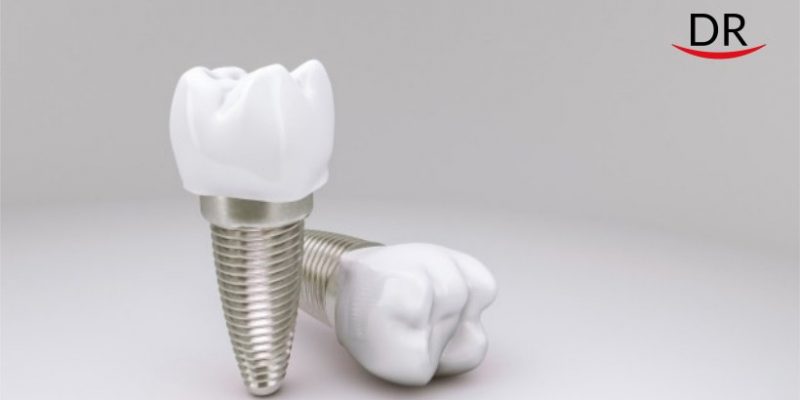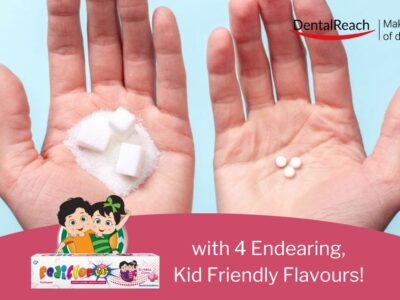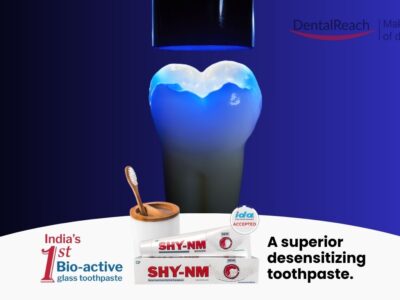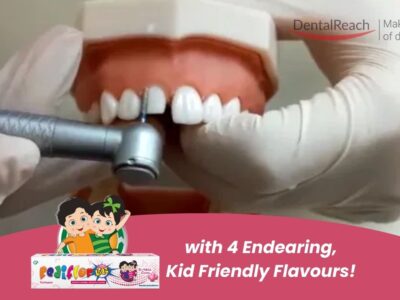Bone diseases are becoming more common in modern society, which increases the use of dental and orthopaedic implants. The oldest implant made from wrought iron in the Wooden Tree, dates back to the first century AD. Since then, tens of centuries have passed, technology and medicine have improved significantly, and the implants themselves have become indistinguishable from teeth in both appearance and functionality. However, it is still not possible to get rid of the problems associated with implantation. For example, with weakening of the implant as a result of slow integration into the bone tissue or inflammation, requiring a second surgical procedure.
To mitigate these problems, an attempt has been made to coat the implant materials with "artificial bone", which has the same composition as real human bone. But the coating process is very laborious, requires a long synthesis and takes too much time. In addition, the bond between the substrate and the artificial bone coating layer is not always strong, resulting in damage or even loss, and reliable coating methods that could be applied to real patients in a clinical setting are quite rare.
The research team of Dr Hojeong Jeong of the Biomaterials Center of the Korea Institute of Science and Technology announced that they have developed a ceramic coating for artificial bone with three times the adhesion strength of conventional coating materials. It takes only an hour to make it and a minimum of manipulation, although previously such a process took a day and consisted of a dozen steps. There is no need to separately synthesize raw materials for artificial bone covering, it is possible to create a coating using a nanosecond laser without expensive equipment or heat treatment.
In addition, it is possible to form a coating layer with a stronger bonding capacity than several artificial bone coating methods used in clinical practice today. As a result, the coating adheres firmly not only to metal, but also to polymers, which was previously impossible.
To reduce the number of steps and ensure a durable coating, Dr Jeong's team placed the material to be coated in a solution containing calcium and phosphorus, the main components of bone, and irradiated it with a laser. The temperature increased locally at the site of laser action, causing a reaction with the participation of calcium and phosphorus with the formation of ceramic artificial bone (hydroxyapatite), as well as the formation of an outer layer of the covering material.
Unlike traditional coating methods, the synthesis of an artificial bone component is induced by a laser and the substrate surface is heated to a temperature above the melting point. The artificial bone material is adsorbed on the molten surface and hardens, which increases the bond strength.
“The hydroxyapatite coating method using a nanosecond laser is a simple way to induce the bioactivity of non-bioactive materials such as titanium, which is commonly used as biomaterial. I expect our method to be a game changer as it finds widespread use in various medical devices that require osseointegration” commented Dr Chong.
Source: medicalxpress.com




















Comments